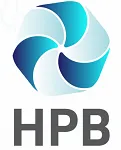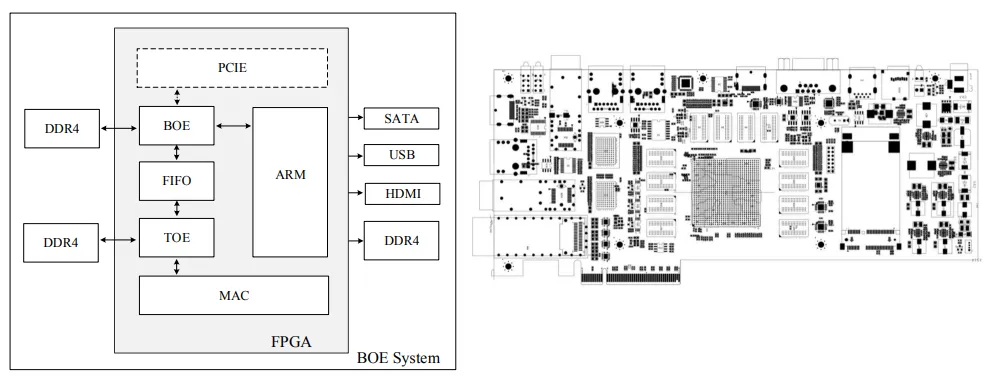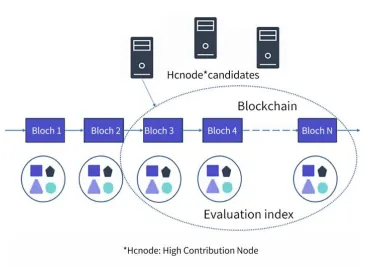
Developing a blockchain that not only scales well but is capable of competing with enterprise level stability and TPS values that exceed the best current FIAT platforms is no small step. When bitcoin and the main blockchains we all know about were envisioned it was a huge win for the distributed consensus work done by its founders. But as time has progressed many things became apparent, namely the fact that it's impossible to compete with head to head without some tradeoffs against the likes of MasterCard and Visa.
While many chains are looking at how to add cool new features and side chains to their network, theirs one network team that's trying to combat one of the biggest issues, scaling a network that can compete with the likes of the major FIAT world powers. The fact that older chains were considered a success handling 5-15 transaction each second, while mainstream processing powers can handle 2000-50000 transactions per second and you begin to realize that the 2 platforms just aren't even in the same ballpark. The idea of scaling fees combatted congestion by charing more during high periods but is rediculous when you look at what is considered congestion in these type of networks (20 transactions per second... 30... 40?). Other networks have worked to improve their throughput with things like the Lightning standard moving towards scales much higher (1,000 tps perhaps), but still not directly able to compete with the likes of major credit card processors at the 50,000 level and higher.
The scale at which financial industrial competition needs to be is just so far away before you even stack on the transactions to handle things like DAPPs and smart contracts that add to the throughput required and latency demands. The HPB team is looking to do something different than just some fancy code tricks. By combining High-Performance Computing code with hardware designed to specifically handle the kind of processing required to accelerate the entire consensus model. The platform is being designed from day 1 to handle not a few thousand or tens of thousands of users but millions of simultaneous users.

The use of a Blockchain Offloading Engine, the plan is to be able to offload processing of certain functions to hardware/firmware and corresponding software to take advantage of the latest in FPGA and ASIC chips for calculations. Not just as other blockchains use for needless calculations but for actual meaningful work as a function of the chain. It's going to take this kind of specialized hardware to really be able to compete. This is one of the first chains I have seen take the idea of distributed computing and tie it to hardware designed to facilitate the functions at speed orders of magnitude higher than completed before.
This new specialized hardware will also require the use of a new consensus model able to take into account the BOE Hardware Accelerators and how they impact the networks throughput. The new HPB consensus algorithm is a two-tiered election mechanism to handle what the team considers outer and inner elections. This allows for an outer election to select high contribution nodes from the various candidates that will take place in future rounds of selection and processing, all handled adaptively through their ranking of participation.

The consensus algorithm will utilize many considerations including the type of hardware engine, they are utilizing for BOE acceleration, their network bandwidth availability, and throughput, as well as things like reputation and uptime statistics. The inner tier of selection finds the HPB nodes that will then be in charge of algorithmic processing for each of the upcoming blocks. In the end, resulting in a complex but automated system that looks to optimize the throughput and latency for the validated consensus like never before.
With such a high performance core and the availability of multiple Smart Contract Machines, such as the Ethereum and NEO Virtual Machines, developers will not only be able to take part in what could be the fastest network designed for distributed payments and computing but able to develop in the type of Smart Contract language they feel most comfortable doing it in.
GXN Website and the White Paper are available and describe in more detail just why this network might turn out to be the future of blockchain development.